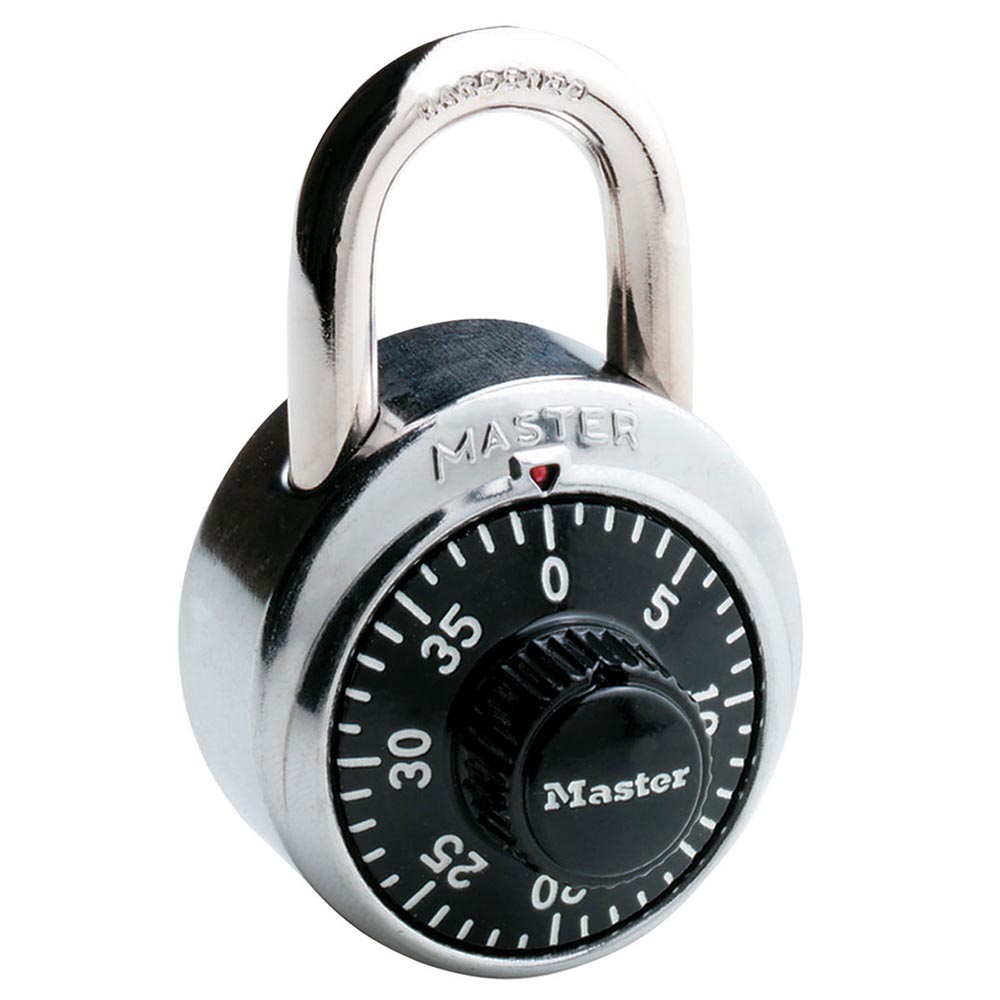Like the intricate mechanism of a combination lock, relationships often require a specific sequence of actions to be opened and restored. Merely possessing the right words or intentions is not enough. The combination lock is a metaphor for conflict resolution, emphasizing the significance of proper timing and sequence in fostering understanding, empathy, and constructive dialogue. By delving into the key components of effective communication, we can learn how to unlock closed relationships and pave the way for positive transformation.
The Combination of Connection:
Just as a combination lock demands precise numbers in the correct order, resolving conflicts necessitates a deliberate sequence of actions. Imagine engaging in a heated argument with a loved one, armed with all the “right” things to say. However, if you fail to listen attentively, understand their perspective, or demonstrate openness to alternatives, the lock of communication remains stubbornly closed. True resolution requires recognizing that the order of our actions is as crucial as their content.
The Power of Active Listening:
The first number in our conflict resolution combination is active listening. When we truly listen to others, we create an atmosphere of respect and validation. By setting aside our own assumptions and judgments, we open ourselves up to understanding their experiences, emotions, and viewpoints. Active listening allows us to grasp the underlying concerns and needs, fostering a sense of empathy and facilitating a more meaningful connection.
Understanding as the Second Digit:
Once we have practiced active listening and absorbed the essence of the other person’s perspective, the second number in our sequence comes into play: understanding. It is through understanding that we demonstrate our sincere efforts to comprehend the other person’s emotions and reasoning. This step requires patience, empathy, and the willingness to put ourselves in their shoes. Genuine understanding bridges the gap between differing viewpoints and lays the groundwork for constructive dialogue.
The Key to Openness:
Having listened attentively and demonstrated understanding, the third and final number of our combination lock is openness. Openness encompasses a willingness to consider alternative perspectives, ideas, and solutions. By embracing openness, we signal our commitment to collaborative problem-solving and invite the other person to contribute their insights. This step promotes trust, encourages creativity, and enables the exploration of mutually beneficial resolutions.
The Transformative Unlocking:
When we carefully combine the power of active listening, understanding, and openness in the right sequence, we unlock the potential for transformative conflict resolution. By following this sequence, we create an environment that encourages dialogue, fosters empathy, and paves the way for growth in our relationships. Just as the combination lock releases its hold, our intentional actions unlock the closed relationship, allowing for healing, understanding, and deeper connection.
In the realm of conflict resolution, the analogy of a combination lock serves as a poignant reminder of the importance of sequence and timing. It is not enough to possess the “right” words or intentions; we must apply them in the correct order. By embracing active listening, understanding, and openness, we can break through the barriers that hinder effective communication and unlock closed relationships. As we navigate conflicts with sensitivity and intention, we create opportunities for growth, healing, and the development of stronger, more meaningful connections.

